Instruction
3 proverbs to help you improve your golf game
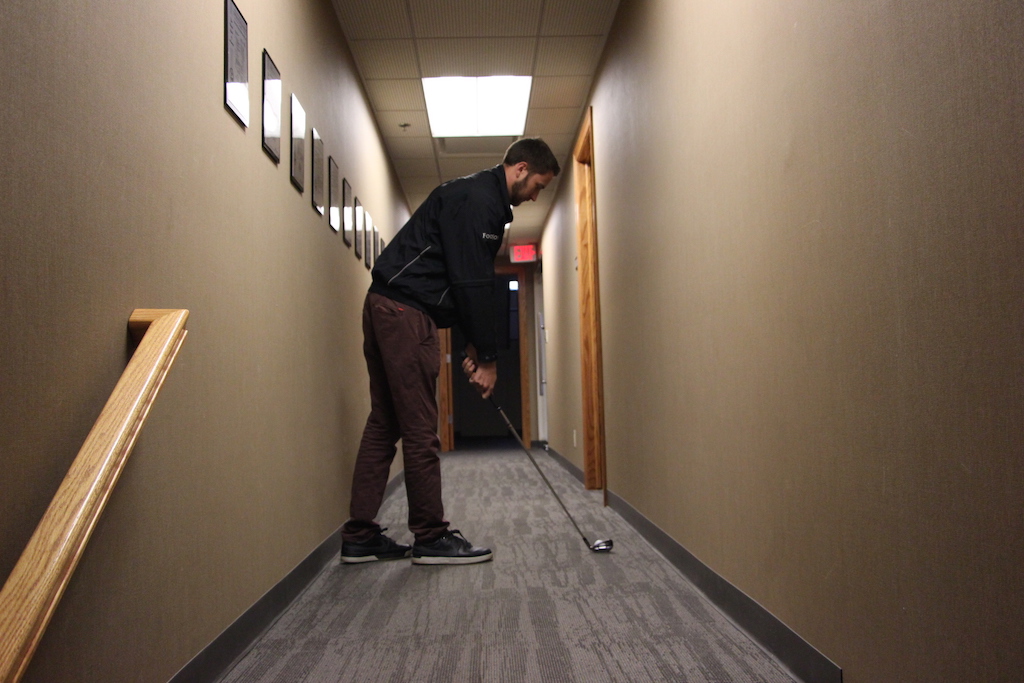
Most of my readers on GolfWRX won’t ever be able to make the trip to the Strano Golf Academy in Destin, Florida, and take a lesson with me at the beautiful Kelly Plantation Golf Club. But if you did, or were nearby on the range, you would hear me use sayings and proverbs to relate thoughts — they’re called “Stranoisms” by my players. While I can’t verify that they’re completely original, they are things I say all the time to players to help them improve their golf games.
So I thought I might share a few with you and maybe a few more in the future. I think you will enjoy how some of the strange thoughts equate to success in your golf games.
“One in a row is not a streak”
The biggest mistake players make when taking a lesson or trying to make swing changes on their own, is to try something once and say “Well, that didn’t work, what next?” One ball is not enough to make a statistical analysis. You never hear a sportscaster say, “And the winning streak continues at one in row!”
When we come out of video or FlightScope analysis I always remind the student we are never going to make an assessment on what we are doing on the first swing, good or bad. If we are making significant setup changes to get a player to match their setup to their body build then it is going to take 6-10 swings to get comfortable with that alone. So I tell them that I don’t care where the ball goes on the first 15 swings and I need them to not care also. Just setup the way we discussed and try to make the change in the swing pattern we identified. Usually after about five swings they hit a really nice shot! That is where I throw them the “one in a row” quote and they dig in and give me another good move. I would love to have 100 swings to assess if you can repeatedly do it. Time limits what we can do so normally it is 15 shots and we know if we need to tweak the information or the drills to get it just right.
So the moral is to be patient and give yourself enough chances to make the right swing.
“Get in your hallway”
This actually started away from the golf course and I adapted it to my players’ pre-shot routines to help them focus tightly on where they wanted to ball to go.
I got this idea when my daughter was competitive cheerleading when she was 7-10 years old. She was one of the “flyers,” which is the athlete that runs across the floor doing all the flips and twists through the air. One day I was watching her practice and she could not nail the five moves she had to make in the 60 feet of space during the routine. So during a break I walked over and took her to the corner of the floor where she began her tumbling run. She explained that her problem was everyone else flying by in front of her eyes before she took off was distracting her. That is where I came up with the hallway analogy. I told her to imagine that there was a hallway across the floor to where she finished and that she was to only see the hallway and stay in it. In her mind she only say herself going down that narrow lane to the other corner doing her stunts. It worked, she nailed it the next time they ran through the routine.
So in golf I tell my players the same thing. When you are standing behind the ball get in your hallway. There is nothing outside the hallway. You see your ball flying between the walls of your hallway to your target and NOTHING else. When you can do that, then you walk into the shot and fire. This is how as a Tour player we see nothing going on around us. When I had a gallery to play a shot through I never saw them because they were outside of my hallway. So try to get in your narrow corridor, visualize the ball staying between those walls, and be confident in your swing to hit it down the hallway.
“If I don’t have time to say it, you don’t have time to think it”
This one is for all the players who can hit a basket of 60 balls in 20 minutes. Your practice pattern is that of rapid fire swings. One ball has barely left the club and the next one is ready to launch. If I cannot verbally give you instructions between shots before the next ball is airborne, then you never had a chance to run those same thoughts through your brain and body, process them, and then produce a solid swing or work correctly on the move we are trying to make. I solve this player by controlling access to the practice balls. I might move them away from where we are working or I might actually hold them and toss them to the student once they have taken a few practice swings or understand the message I am conveying to them.
So when you practice take your time. Treat each ball like a valuable object that is to be hit only when you are perfectly ready to hit it. Clearly run the thoughts from your coach through your head and think and feel them before putting a swing on the ball.
- LIKE175
- LEGIT20
- WOW5
- LOL4
- IDHT2
- FLOP4
- OB1
- SHANK29
Instruction
The Wedge Guy: The easiest-to-learn golf basic

My golf learning began with this simple fact – if you don’t have a fundamentally sound hold on the golf club, it is practically impossible for your body to execute a fundamentally sound golf swing. I’m still a big believer that the golf swing is much easier to execute if you begin with the proper hold on the club.
As you might imagine, I come into contact with hundreds of golfers of all skill levels. And it is very rare to see a good player with a bad hold on the golf club. There are some exceptions, for sure, but they are very few and very far between, and they typically have beat so many balls with their poor grip that they’ve found a way to work around it.
The reality of biophysics is that the body moves only in certain ways – and the particulars of the way you hold the golf club can totally prevent a sound swing motion that allows the club to release properly through the impact zone. The wonderful thing is that anyone can learn how to put a fundamentally sound hold on the golf club, and you can practice it anywhere your hands are not otherwise engaged, like watching TV or just sitting and relaxing.
Whether you prefer an overlap, interlock or full-finger (not baseball!) grip on the club, the same fundamentals apply. Here are the major grip faults I see most often, in the order of the frequency:
Mis-aligned hands
By this I mean that the palms of the two hands are not parallel to each other. Too many golfers have a weak left hand and strong right, or vice versa. The easiest way to learn how to hold the club with your palms aligned properly is to grip a plain wooden ruler or yardstick. It forces the hands to align properly and shows you how that feels. If you grip and re-grip a yardstick several times, then grip a club, you’ll see that the learning curve is almost immediate.
The position of the grip in the upper/left hand
I also observe many golfers who have the butt of the grip too far into the heel pad of the upper hand (the left hand for right-handed players). It’s amazing how much easier it is to release the club through the ball if even 1/4-1/2″ of the butt is beyond the left heel pad. Try this yourself to see what I mean. Swing the club freely with just your left hand and notice the difference in its release from when you hold it at the end of the grip, versus gripping down even a half inch.
To help you really understand how this works, go to the range and hit shots with your five-iron gripped down a full inch to make the club the same length as your seven-iron. You will probably see an amazing shot shape difference, and likely not see as much distance loss as you would expect.
Too much lower (right) hand on the club
It seems like almost all golfers of 8-10 handicap or higher have the club too far into the palm of the lower hand, because that feels “good” if you are trying to control the path of the clubhead to the ball. But the golf swing is not an effort to hit at the ball – it is a swing of the club. The proper hold on the club has the grip underneath the pad at the base of the fingers. This will likely feel “weak” to you — like you cannot control the club like that. EXACTLY. You should not be trying to control the club with your lower/master hand.
Gripping too tightly
Nearly all golfers hold the club too tightly, which tenses up the forearms and prevents a proper release of the club through impact. In order for the club to move back and through properly, you must feel that the club is controlled by the last three fingers of the upper hand, and the middle two fingers of the lower hand. If you engage your thumbs and forefingers in “holding” the club, the result will almost always be a grip that is too tight. Try this for yourself. Hold the club in your upper hand only, and squeeze firmly with just the last three fingers, with the forefinger and thumb off the club entirely. You have good control, but your forearms are not tense. Then begin to squeeze down with your thumb and forefinger and observe the tensing of the entire forearm. This is the way we are made, so the key to preventing tenseness in the arms is to hold the club very lightly with the “pinchers” — the thumbs and forefingers.
So, those are what I believe are the four fundamentals of a good grip. Anyone can learn them in their home or office very quickly. There is no easier way to improve your ball striking consistency and add distance than giving more attention to the way you hold the golf club.
More from the Wedge Guy
- The Wedge Guy: Golf mastery begins with your wedge game
- The Wedge Guy: Why golf is 20 times harder than brain surgery
- The Wedge Guy: Musings on the golf ball rollback
- LIKE86
- LEGIT13
- WOW6
- LOL1
- IDHT0
- FLOP4
- OB1
- SHANK8
Instruction
Clement: Stop ripping off your swing with this drill!

Not the dreaded headcover under the armpit drill! As if your body is defective and can’t function by itself! Have you seen how incredible the human machine is with all the incredible feats of agility all kinds of athletes are accomplishing? You think your body is so defective (the good Lord is laughing his head off at you) that it needs a headcover tucked under the armpit so you can swing like T-Rex?
- LIKE0
- LEGIT2
- WOW2
- LOL0
- IDHT0
- FLOP0
- OB0
- SHANK2
Instruction
How a towel can fix your golf swing
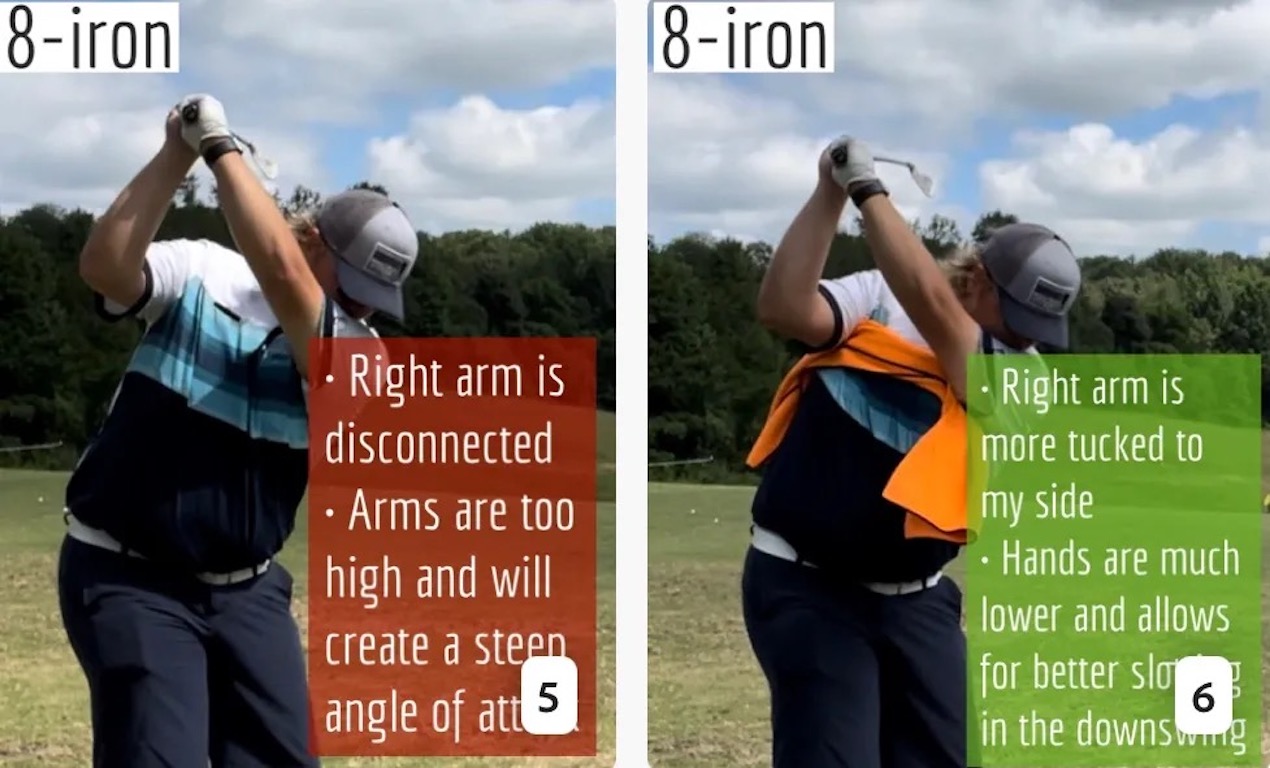
This is a classic drill that has been used for decades. However, the world of marketed training aids has grown so much during that time that this simple practice has been virtually forgotten. Because why teach people how to play golf using everyday items when you can create and sell a product that reinforces the same thing? Nevertheless, I am here to give you helpful advice without running to the nearest Edwin Watts or adding something to your Amazon cart.
For the “scoring clubs,” having a solid connection between the arms and body during the swing, especially through impact, is paramount to creating long-lasting consistency. And keeping that connection throughout the swing helps rotate the shoulders more to generate more power to help you hit it farther. So, how does this drill work, and what will your game benefit from it? Well, let’s get into it.
Setup
You can use this for basic chip shots up to complete swings. I use this with every club in my bag, up to a 9 or 8-iron. It’s natural to create incrementally more separation between the arms and body as you progress up the set. So doing this with a high iron or a wood is not recommended.
While you set up to hit a ball, simply tuck the towel underneath both armpits. The length of the towel will determine how tight it will be across your chest but don’t make it so loose that it gets in the way of your vision. After both sides are tucked, make some focused swings, keeping both arms firmly connected to the body during the backswing and follow through. (Note: It’s normal to lose connection on your lead arm during your finishing pose.) When you’re ready, put a ball in the way of those swings and get to work.
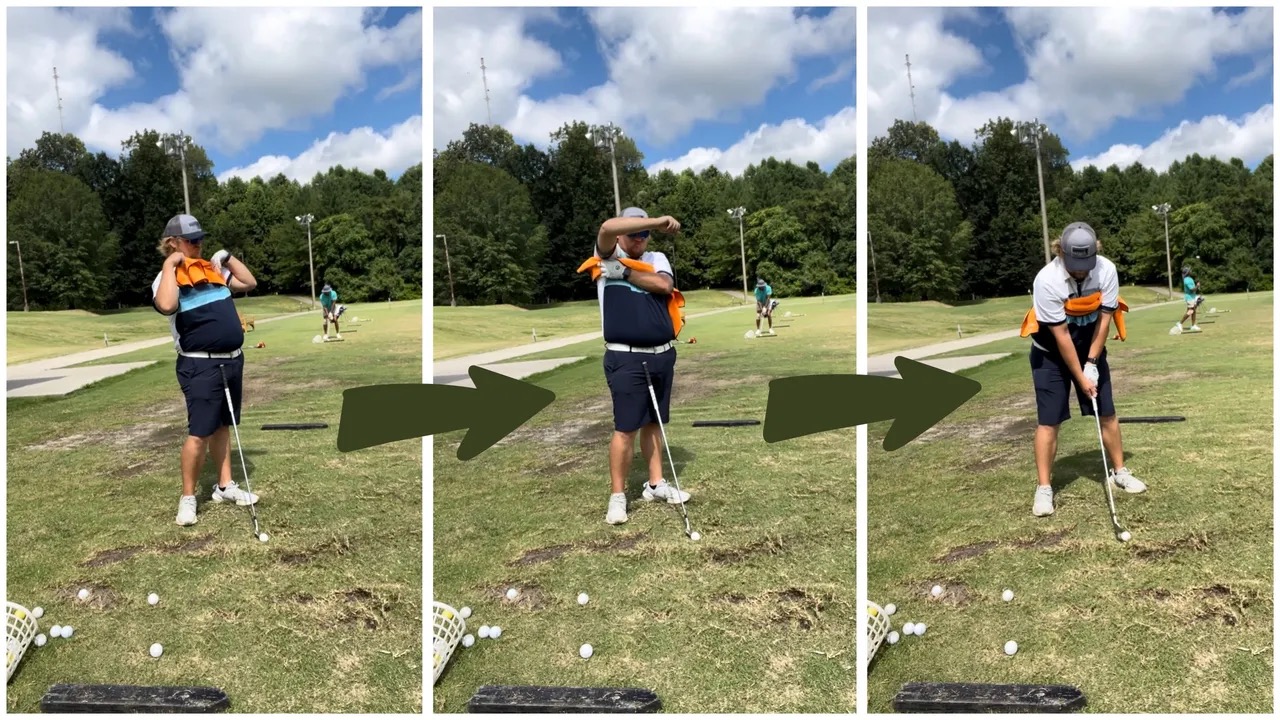
Get a Better Shoulder Turn
Many of us struggle to have proper shoulder rotation in our golf swing, especially during long layoffs. Making a swing that is all arms and no shoulders is a surefire way to have less control with wedges and less distance with full swings. Notice how I can get in a similar-looking position in both 60° wedge photos. However, one is weak and uncontrollable, while the other is strong and connected. One allows me to use my larger muscles to create my swing, and one doesn’t. The follow-through is another critical point where having a good connection, as well as solid shoulder rotation, is a must. This drill is great for those who tend to have a “chicken wing” form in their lead arm, which happens when it becomes separated from the body through impact.
In full swings, getting your shoulders to rotate in your golf swing is a great way to reinforce proper weight distribution. If your swing is all arms, it’s much harder to get your weight to naturally shift to the inside part of your trail foot in the backswing. Sure, you could make the mistake of “sliding” to get weight on your back foot, but that doesn’t fix the issue. You must turn into your trial leg to generate power. Additionally, look at the difference in separation between my hands and my head in the 8-iron examples. The green picture has more separation and has my hands lower. This will help me lessen my angle of attack and make it easier to hit the inside part of the golf ball, rather than the over-the-top move that the other picture produces.
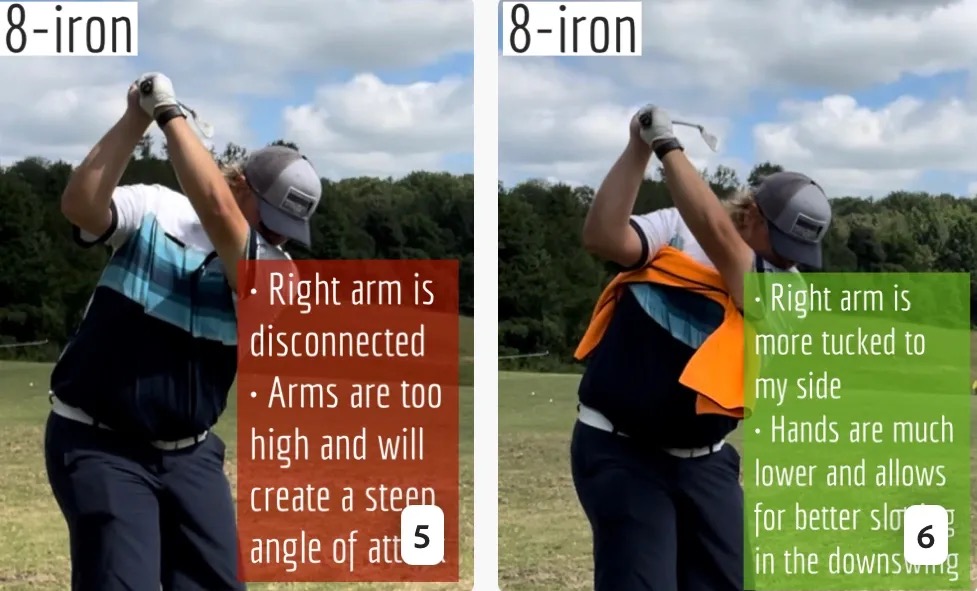
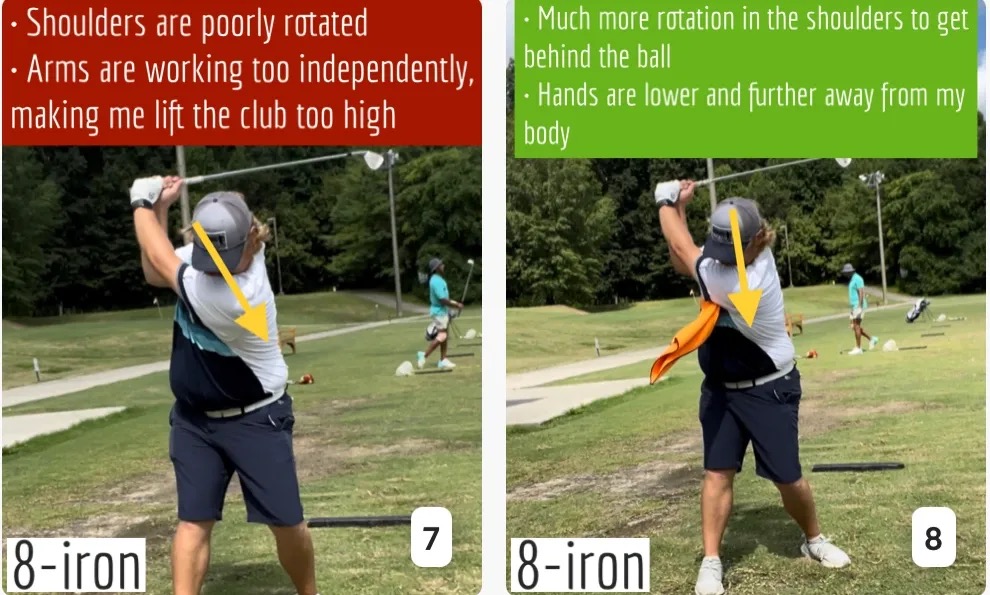
Stay Better Connected in the Backswing
When you don’t keep everything in your upper body working as one, getting to a good spot at the top of your swing is very hard to do. It would take impeccable timing along with great hand-eye coordination to hit quality shots with any sort of regularity if the arms are working separately from the body.
Notice in the red pictures of both my 60-degree wedge and 8-iron how high my hands are and the fact you can clearly see my shoulder through the gap in my arms. That has happened because the right arm, just above my elbow, has become totally disconnected from my body. That separation causes me to lift my hands as well as lose some of the extension in my left arm. This has been corrected in the green pictures by using this drill to reinforce that connection. It will also make you focus on keeping the lead arm close to your body as well. Because the moment either one loses that relationship, the towel falls.
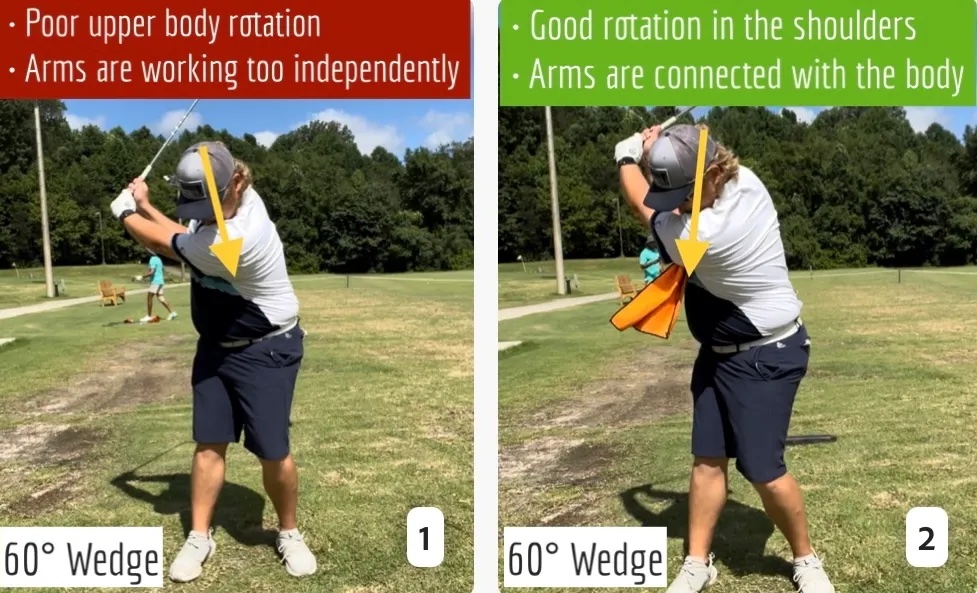
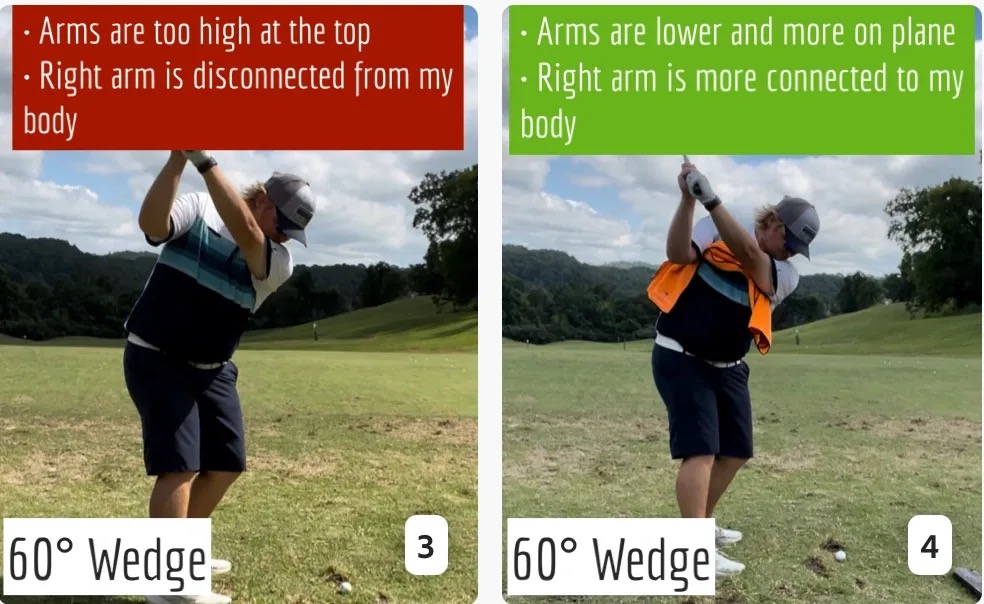
Conclusion
I have been diligent this year in finding a few drills that target some of the issues that plague my golf game; either by simply forgetting fundamental things or by coming to terms with the faults that have bitten me my whole career. I have found that having a few drills to fall back on to reinforce certain feelings helps me find my game a little easier, and the “towel drill” is most definitely one of them.
- LIKE12
- LEGIT2
- WOW2
- LOL0
- IDHT0
- FLOP2
- OB0
- SHANK8
-

 19th Hole2 weeks ago
19th Hole2 weeks agoDave Portnoy places monstrous outright bet for the 2024 Masters
-

 19th Hole2 weeks ago
19th Hole2 weeks agoTiger Woods arrives at 2024 Masters equipped with a putter that may surprise you
-

 19th Hole3 weeks ago
19th Hole3 weeks agoReport: Tiger Woods has ‘eliminated sex’ in preparation for the 2024 Masters
-

 19th Hole1 week ago
19th Hole1 week agoTwo star names reportedly blanked Jon Rahm all week at the Masters
-

 19th Hole6 days ago
19th Hole6 days agoReport: LIV Golf identifies latest star name they hope to sign to breakaway tour
-

 19th Hole1 week ago
19th Hole1 week agoNeal Shipley presser ends in awkward fashion after reporter claims Tiger handed him note on 8th fairway
-

 19th Hole5 days ago
19th Hole5 days agoBrandel Chamblee has ‘no doubt’ who started the McIlroy/LIV rumor and why
-
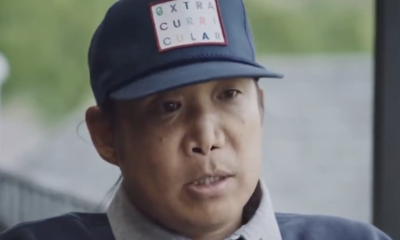
 19th Hole3 weeks ago
19th Hole3 weeks agoAddiction, spinal fusion, and scam artists – Everything Anthony Kim revealed in candid interview with David Feherty













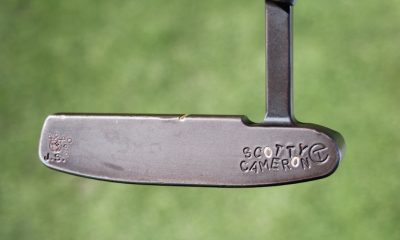

John Grossi
Dec 16, 2015 at 8:39 am
I feel the hallway thought is a game changer for the serious player who wants to improve. This thought is definitely going in my notes for the upcoming year.
vgp
Dec 14, 2015 at 8:35 pm
“Eldrick Woods is not a very good person”
is the only one I need
Comp
Dec 15, 2015 at 11:59 am
Is that the lighter side?
Double Mocha Man
Dec 14, 2015 at 4:58 pm
I have a saying for when pars are hard to come by: “I’m on a par barrage!”, when I get two in a row.
Steve
Dec 14, 2015 at 3:31 pm
Cant believe Injust wasted my time reading this. I want my 5 minutes back
BD57
Dec 14, 2015 at 7:38 pm
Can’t believe you felt a need to post that.
U2
Dec 15, 2015 at 2:20 am
You too, BD57
Stephen
Dec 15, 2015 at 4:58 pm
You too, U2
Steve
Dec 16, 2015 at 3:54 pm
You too, BD57, U2 and Stephen
Philip
Dec 14, 2015 at 1:15 pm
Great article! I’m well along into the first and last points, but the second one I definitely have to improve. I notice I still get stuck where my misses are consistent for certain holes – so obviously the hole layout is messing with me and I need to create my hallway. I tried last season with crazy angles to try and create an immunity to the course layout, but it never really worked. This has a lot more hope of success in my mind. Thanks